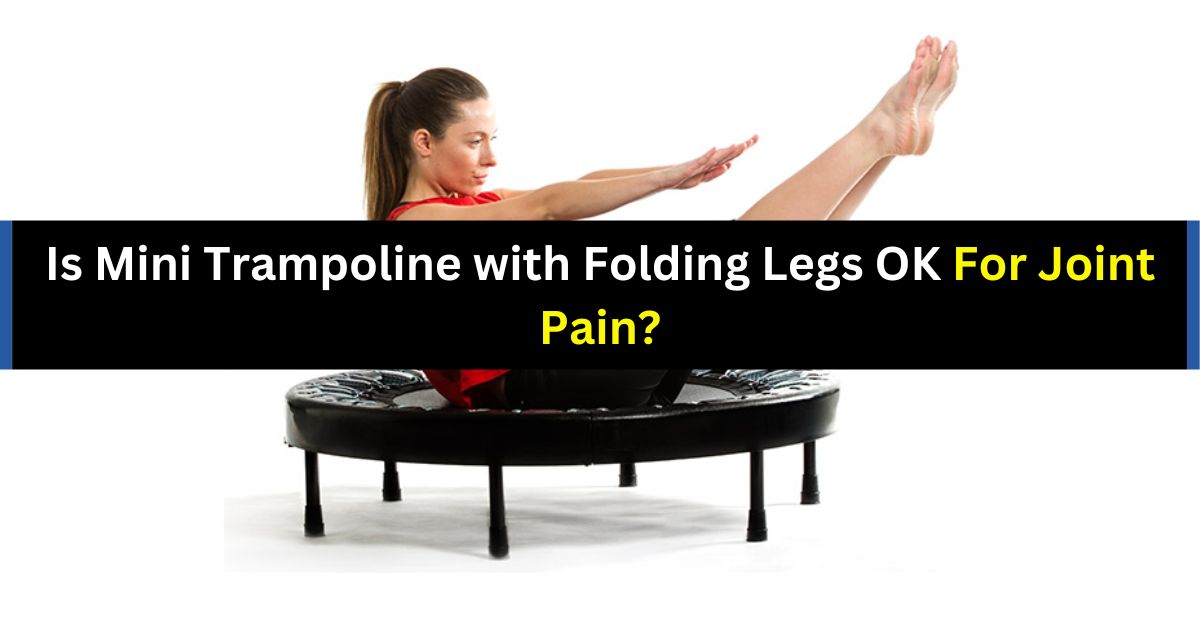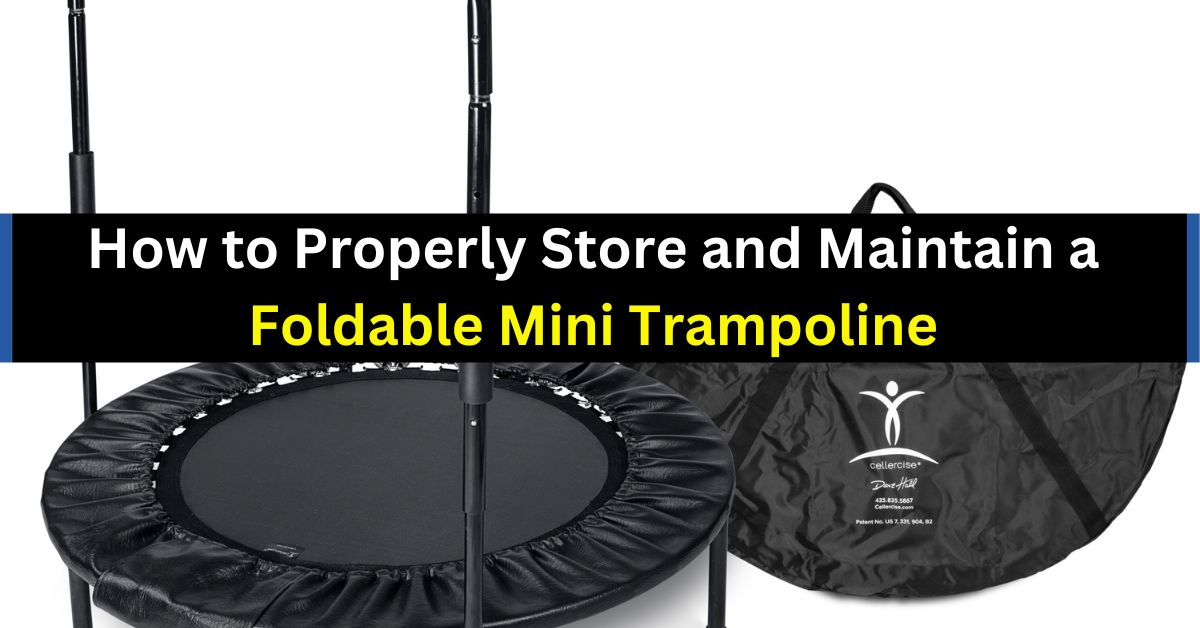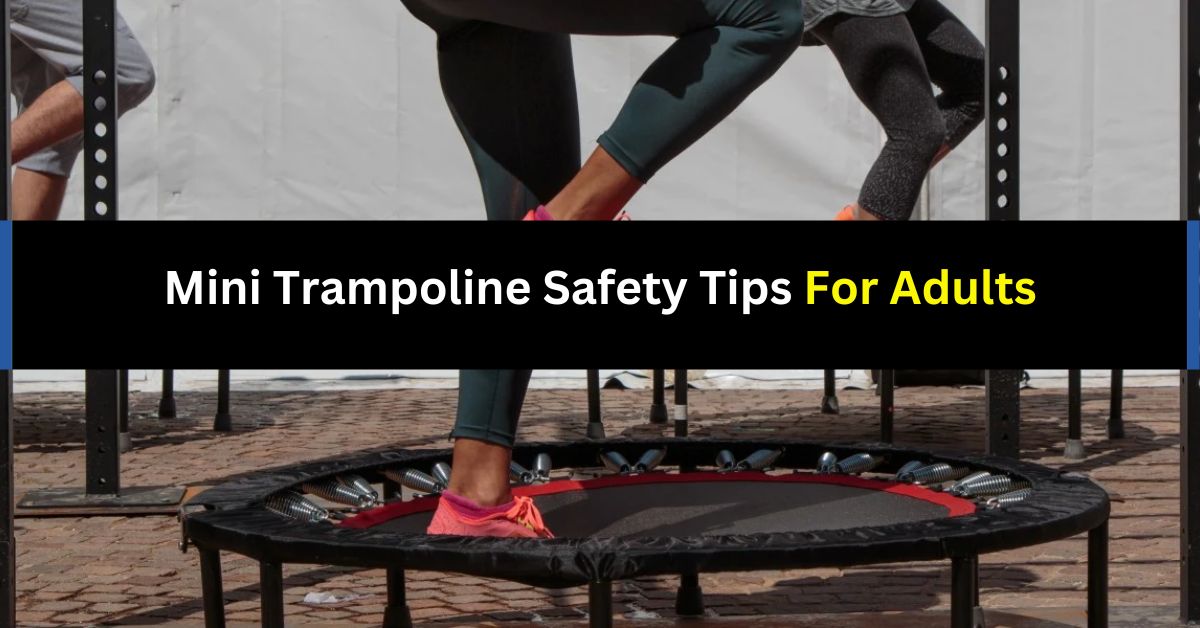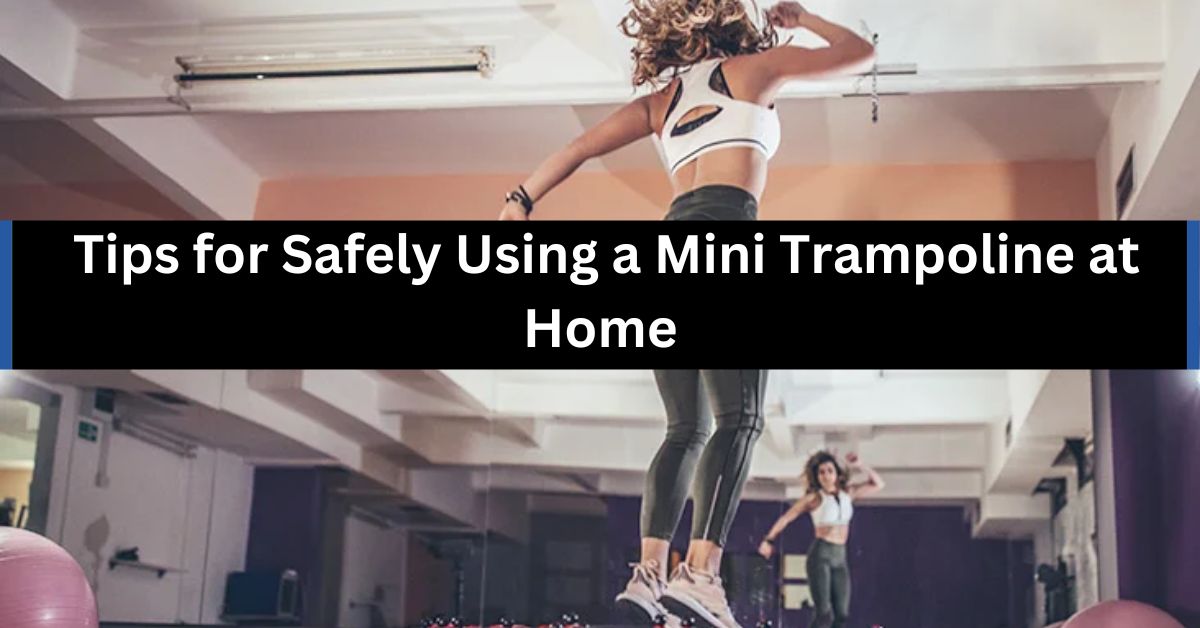Using a mini trampoline, also known as a rebounder, is an excellent way to promote lymph drainage and improve lymphatic circulation in your body. The lymphatic system is responsible for removing waste, toxins, and excess fluid from the tissues. When the lymphatic system is sluggish, a buildup of fluid can occur, leading to swelling, pain, and other health issues. Regular rebounding is a gentle, low-impact exercise that can get your lymph moving. But how often should you use a mini trampoline to see benefits? Here’s a look at how rebounding promotes lymph drainage and how frequently to use a mini trampoline for optimal results.
How Rebounding Promotes Lymph Drainage
The lymphatic system relies on muscle contractions and body movement to circulate lymph fluid around the body. The valves inside lymph vessels work like one-way doors to prevent backflow. When muscles contract and relax, it squeezes the lymph vessels to push the fluid along and open the valves. Low-impact exercises like rebounding are ideal for promoting lymph drainage because:
- The up and down motion of rebounding provides a pumping action that moves lymph through the body.
- The gravitational pull when landing on the trampoline forces fluid out of tissues, allowing new fluid in.
- The acceleration and deceleration when bouncing strengthens muscles and increases contraction.
- It supplies a gentle massage-like stimulus to lymphatic vessels.
- Rebounding can be done anytime, anywhere to stimulate lymph flow.
Studies show that rebounding is effective at improving lymphatic circulation and drainage throughout the body. The vertical oscillation when bouncing on a mini trampoline creates more gravitational force than exercises like walking or running, providing a greater lymphatic pumping effect.
How Often to Use a Mini Trampoline for Lymph Drainage
When using a mini trampoline for lymph drainage, more frequent, shorter sessions are most effective. The lymph system doesn’t have its own pump like the heart for circulation. Therefore, it requires frequent external stimulation to keep things flowing properly. Here are some general guidelines on how often to use a rebounder:
- Begin with 5-10 minutes per day – For those new to rebounding, start with shorter sessions of 5-10 minutes to allow your body to adjust. Jumping for too long can be tiring at first.
- Gradually increase to 15-30 minutes per day – Over time, aim to increase your sessions to 15-30 minutes of bouncing. Most lymph drainage benefits are seen within this time range. Spread it out into multiple sessions if needed.
- Rebound 3-5 days per week – For maintenance, rebouding 3-5 days per week is recommended. The more often you rebound, the better for optimized lymph circulation. But allow days off between sessions to prevent overtraining.
- Any time of day – Rebounding can be done at any time of day. Some prefer to rebound first thing in the morning to get the lymph moving. Others like to rebound before bed to promote relaxation. Find times that work for your schedule.
- Jump at a moderate pace – Aim to jump at a moderate, comfortable pace. Rebound just fast enough to feel your lymph nodes under your arms, in the groin, and neck area being stimulated. Avoid excessive high intensity jumping.
- Stay hydrated – Drink plenty of water before and after rebounding to keep your lymphatic fluid levels replenished. Dehydration can hinder lymphatic flow.
Tips for Using a Mini Trampoline for Lymph Drainage
Here are some tips for getting the most out of using a mini trampoline for improved lymph drainage:
- Wear comfortable clothing that allows free range of motion. Loose, breathable fabrics are best.
- Jump barefoot to maximize pressure on lymph nodes on the feet.
- Start bouncing with gentle hip circles, ankle circles, and knee lifts to warm up.
- Add light arm swings and shoulder rolls as you bounce to target lymph nodes.
- Move through the entire foot as you land softly, pressing down through the balls of the feet.
- Incorporate pelvic tilts and lumbar rolls while bouncing to target abdominal area.
- Jump at a pace of 100-120 bpm to stay in target heart rate zone.
- Cool down with marching or light jogging in place after your rebounding session.
- Drink a large glass of water after to rehydrate.
- Use a soft-surface trampoline with stability bar if needed for balance assistance.
Signs Your Lymphatic System Needs Support
Some signs that your lymphatic system may be sluggish and need additional support like rebounding include:
- Swelling or puffiness, especially in hands, arms, feet and legs
- A feeling of heaviness or achiness throughout the body
- Slow healing of wounds
- Frequent cold, flu and infections
- Poor circulation
- Skin conditions like acne, eczema and cellulite
- Digestive issues like constipation and bloating
- Brain fog, mood issues, fatigue
If you experience any persistent symptoms of impaired lymphatic drainage, be sure to see a doctor to rule out underlying conditions. Using a rebounder may help stimulate lymphatic flow, but medical treatment may also be needed.
Benefits Beyond Lymph Drainage
Rebounding offers many additional benefits beyond lymph drainage:
- Strengthens muscles, bones and connective tissues through impact
- Burns calories and boosts metabolism
- Improves balance and coordination
- Reduces stress and promotes relaxation
- Boosts detoxification
- Increases circulation
- Improves posture and spine health
- Lowers blood pressure and cholesterol
The key is starting slow and being consistent with rebounding to see the best results. Use a mini trampoline as a fun, easy way to get your lymph moving and improve overall health. Be patient, jump regularly, and stay hydrated to maximize the lymphatic drainage benefits.
Must Read: Best Mini Trampoline for Lymph Drainage





